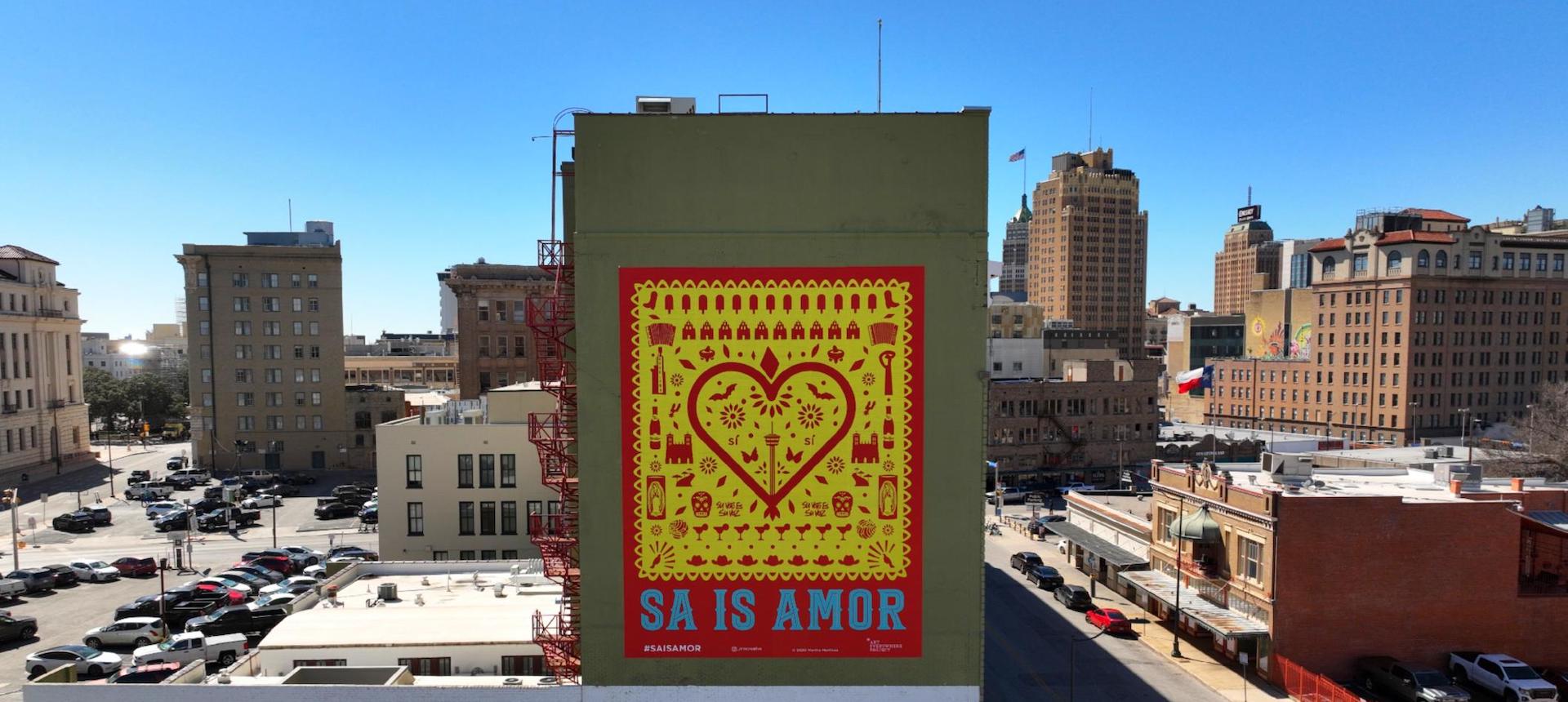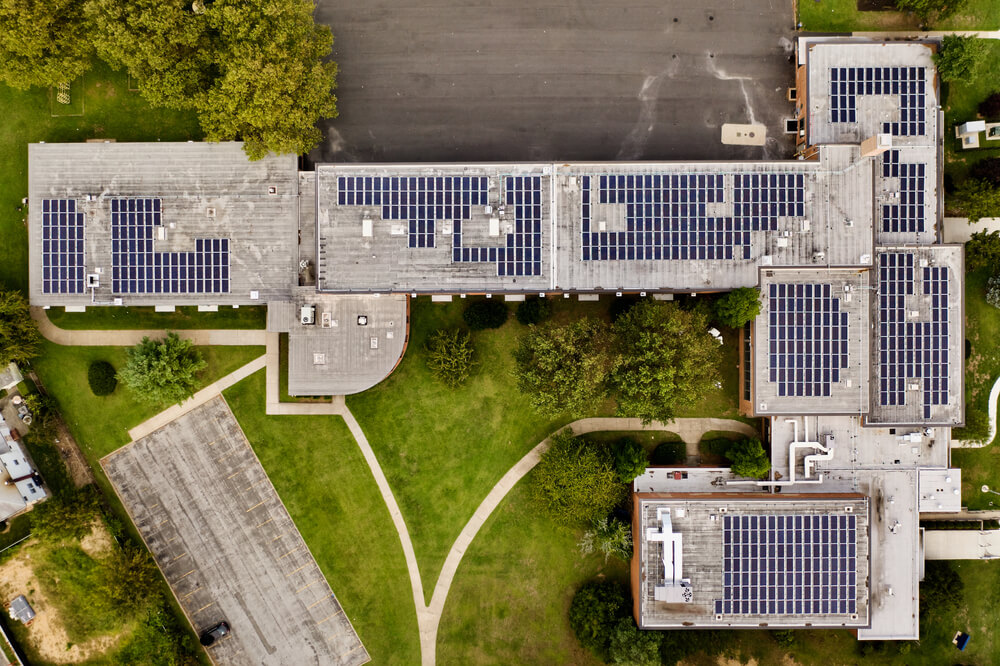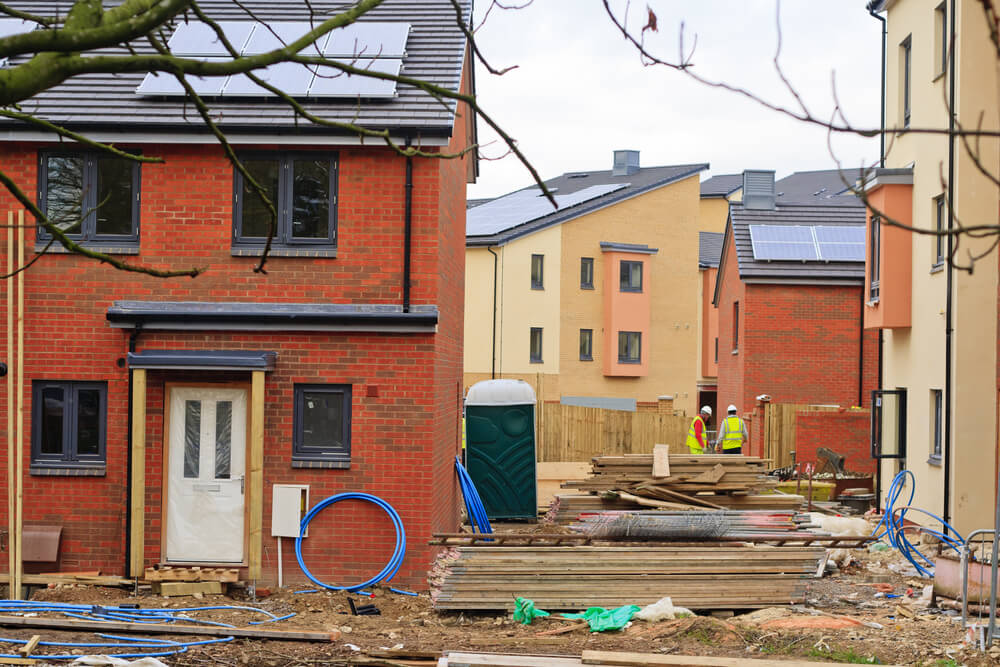On San Antonio’s majority-Latino west side, ESTAR West is revitalizing underserved neighborhoods with mixed-use real estate and small business support.
Entrepreneurs and Small Businesses Thriving Alongside Residents on the Westside is seeking to raise an initial $25 million for a real estate fund to invest in the creation and preservation of affordable housing for local residents.
“We’ve learned in Atlanta and in other places that unless you control the real estate, you’re not in charge of your own destiny,” said former mayor Henry Cisneros, who served as Secretary of Housing and Urban Development in the Clinton administration and chairs the initiative’s advisory board.
ESTAR West, as an initiative, is still in its infancy. Cisneros and other local leaders this week attended Neighborhood Economics, the annual gathering of local economy investors and ecosystem builders, to learn from other corridor models (see, “Addressing the social determinants of wealth at Neighborhood Economics”).
Similar “corridor models” are emerging in US cities, including Baltimore, Los Angeles, Kansas City and Philadelphia, to drive community wealth through local small business and real estate ownership, with an emphasis on preventing the displacement of longtime residents and business owners as neighborhoods change and gentrify.
Lived experience
ESTAR West is personal to Cisneros, a longtime resident on the west side of San Antonio.
“The neighborhood where I grew up is called the poorest census tract in the city,” Cisneros told ImpactAlpha. “I live in my grandfather’s house in that area. I inherited and renovated his old print shop into my office in this poorest neighborhood of the city.”
Cisneros was the second Latino mayor of a major US city when took office in 1981. During his eight-year tenure, he says several community development strategies bore some resemblance to ESTAR West. He championed similar efforts during his time as HUD secretary in President Bill Clinton’s administration.
“Now, I’m at this point of my life [where] I’m not interested in just numbers, I’m not interested in just headlines,” said Cisneros, “I’m interested in whether it is making a difference in people’s lives. We’re holding ourselves to a stiff test in that regard.”
Spiraling up
ESTAR West is looking to provide training and equipment for up to 50 small business owners to grow their business. The program includes a digital inclusion program for small businesses still coming online.
“Our capital needs are substantial,” said Cisneros. “We have to learn how to raise capital from high-net-worth people, from philanthropy, from governments of all levels and then from businesses, and plow them back into the community.”
“It took us a long time to get here to this position of constant decline, of constant out-migration, of loss of business, of a narrative that deepened people’s fears about the west side of San Antonio in terms of crime and drugs and general poverty,” said Cisneros.
Come back in three to five years and things will be different, he says.
“When you look around the neighborhood, you will see physical changes and improvements and they will be contagious. You’ll see people start to come back to the neighborhood who had left it.”











